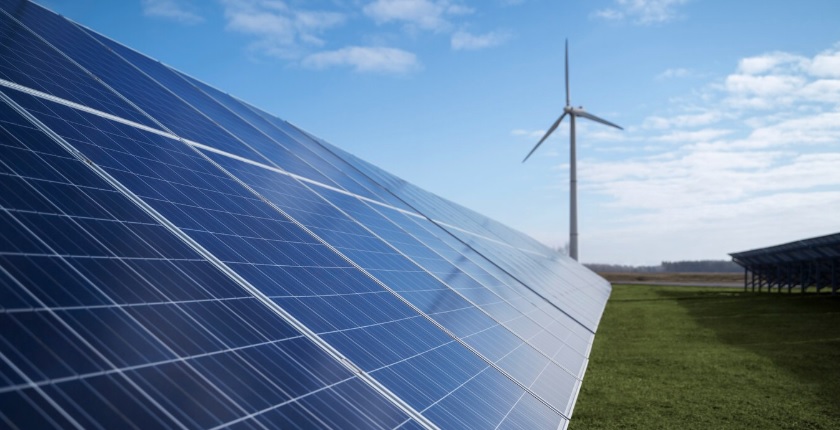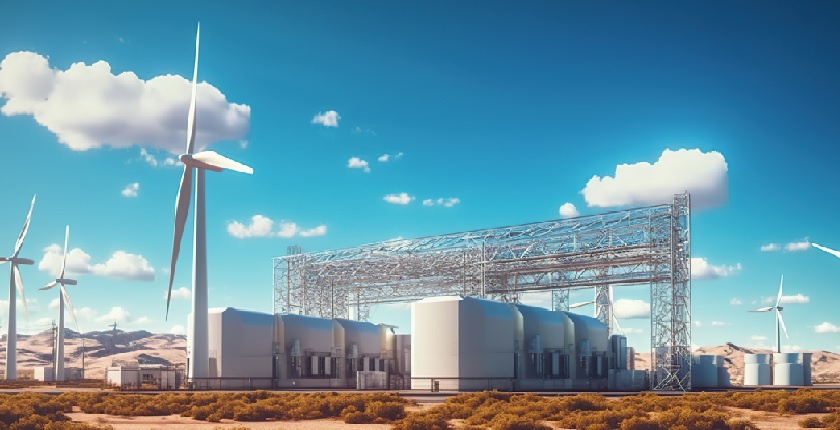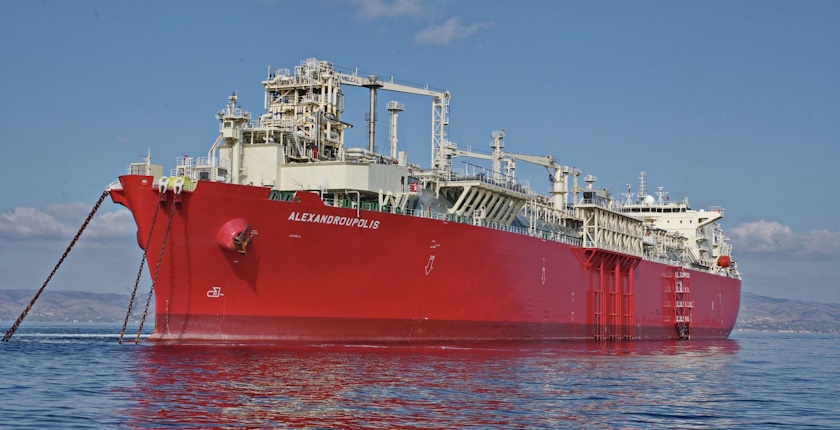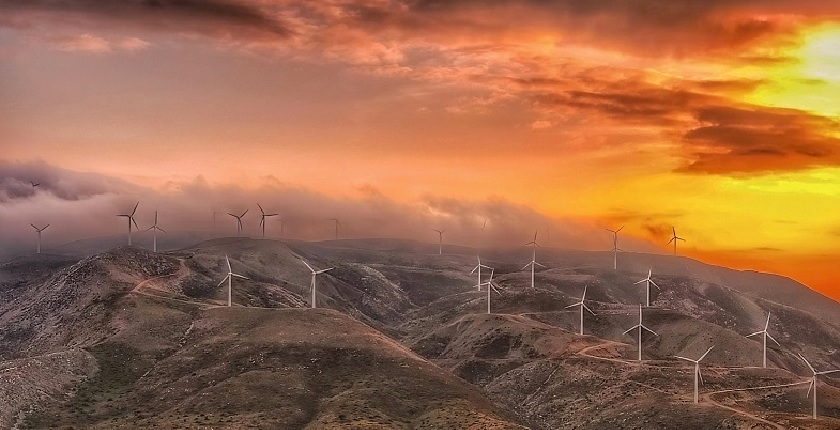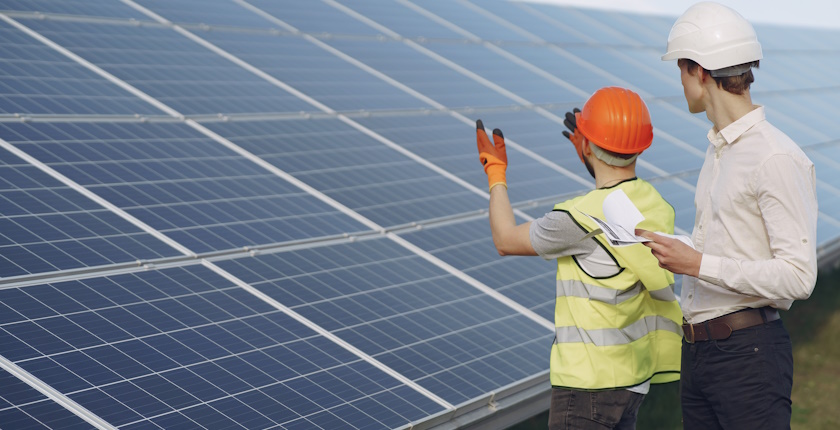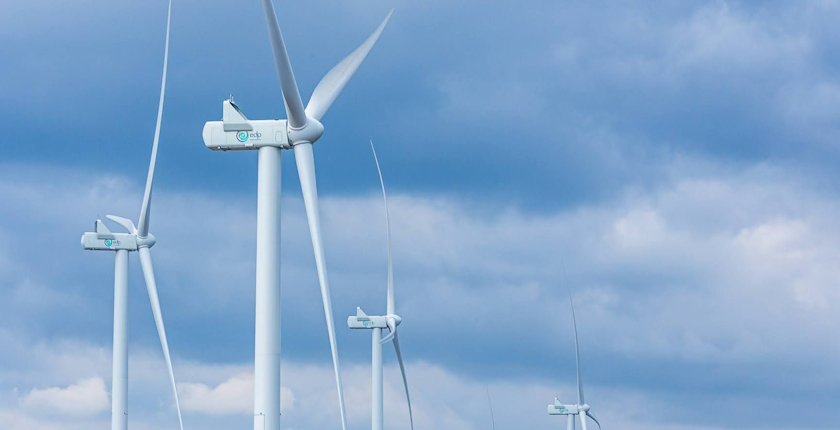
EDP Renewables inaugurates two wind power plants in Greece
EDP Renewables declared its two new wind farms in Central Greece and Thessaly open, adding almost 70 MW to the transmission grid. The country expanded its wind power capacity by only 125 MW last year.
EDP and its subsidiary EDP Renewables held an inauguration ceremony for two wind parks in Greece. It secured government support for both in 2019 at renewable energy auctions, through 20-year contracts for difference (CfD). At the time, the Portugal-based utility expected to begin commercial operations in 2022.
The two facilities have almost 70 MW in combined capacity connected to the transmission grid. The expected annual output is 143 GWh. It is equivalent to the electricity needs of more than 37,000 Greek households. EDP Renewables estimated carbon dioxide emissions savings to be over 102,000 tons per year.
Greece increased its wind power capacity by only 125 MW last year.
EDP Renewables relies on 20-year CfDs in its wind power investments in Greece
The event was held at the Xironomi site in Boeotia (also Beotia and Viotia) in the region of Central Greece. The wind farm has a capacity of 36 MW and the CfD is for 33 MW.
The other facility is Chalcodonio. It is located in the Magnesia regional unit in Thessaly. The 33.6 MW wind farm project has won a 30 MW contract for difference.
“Greece is emerging as a regional leader in renewable energy, as its abundant wind and solar resources offer enormous potential. The country’s commitment to reduce carbon emissions by 55% by 2030, in line with EU targets, makes it an attractive market for clean energy investments,” said Country Manager of EDP Renewables Dionysios Andronas.
Company has four facilities online
The company has 150 MW online in Greece in four wind parks, positioning it among the top 10 operators in the segment, according to the announcement.
Last year EDP Renewables commissioned its Erimia wind power plant of 35 MW and an estimated annual production of 71 GWh. It entered the Greek market in 2018 with two 20-year CfDs.
The company later reached an agreement with infrastructure group Ellaktor for the joint development of onshore wind projects.
EDP plans 3 GW of renewable energy capacity per year, focusing on wind and solar power as well as energy storage. In its business plan for the period 2023-2026, the company earmarked EUR 12 billion for investments on a global scale.

